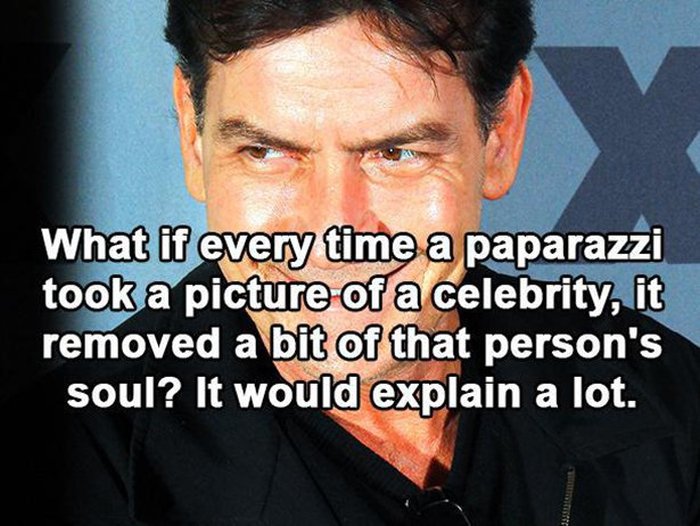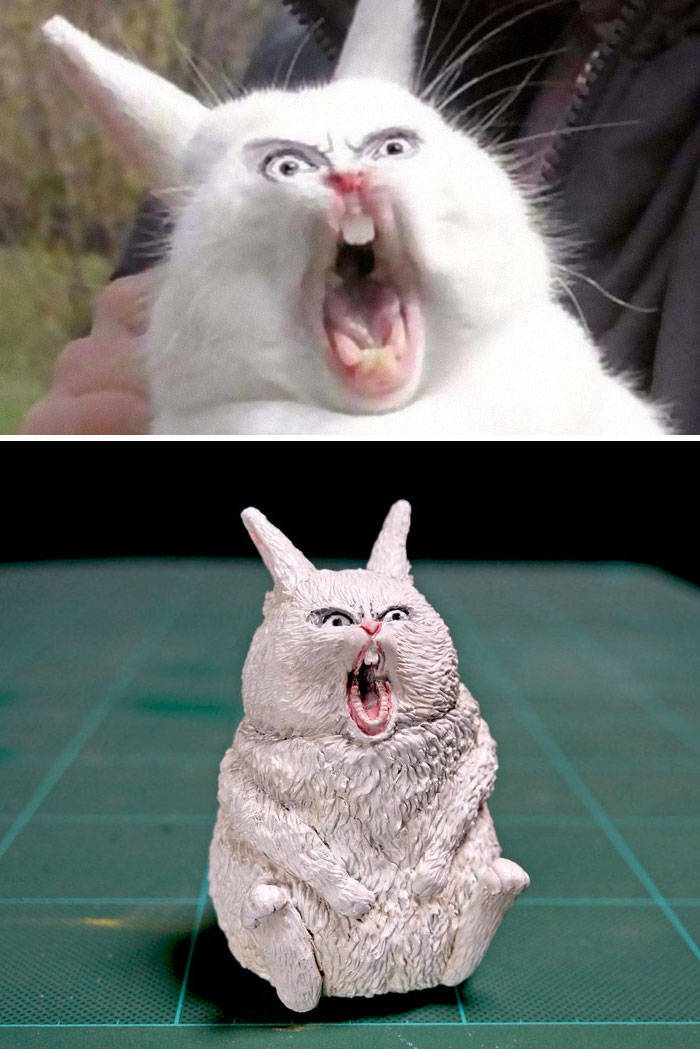

Just a spoonful of relativity helps the spookiness go down, though. In both forward and backward directions, quantum correlations span the causal void between the death of one photon and the birth of the other. Perhaps the measurement of photon 1’s polarisation at step II somehow steers the future polarisation of 4, or the measurement of photon 4’s polarisation at step V somehow rewrites the past polarisation state of photon 1. Lest this scenario strike you as too outlandish, Megidish and his colleagues can’t resist speculating on possible and rather spooky interpretations of their results. Even more bizarrely: maybe it implies that the measurements carried out by your eye upon starlight falling through your telescope this winter somehow dictated the polarity of photons more than 9 billion years old. What on Earth can this mean? Prima facie, it seems as troubling as saying that the polarity of starlight in the far-distant past – say, greater than twice Earth’s lifetime – nevertheless influenced the polarity of starlight falling through your amateur telescope this winter. That is, entanglement can occur across two quantum systems that never coexisted. The upshot? The data revealed the existence of quantum correlations between ‘temporally nonlocal’ photons 1 and 4. Time line diagram: (I) Birth of photons 1 and 2, (II) detection of photon 1, (III) birth of photons 3 and 4, (IV) Bell projection of photons 2 and 3, (V) detection of photon 4. Some time later (step V), the polarisation of the lone survivor, photon 4, is measured, and the results are compared with those of the long-dead photon 1 (back at step II).

Photon 3 was then measured along with the itinerant photon 2 in such a way that the entanglement relation was ‘swapped’ from the old pairs (‘1-2’ and ‘3-4’) onto the new ‘2-3’ combo (step IV). Photon 2 was sent on a wild goose chase while a new entangled pair, ‘3-4’, was created (step III). Soon after, they measured the polarisation of photon 1 (a property describing the direction of light’s oscillation) – thus ‘killing’ it (step II). First, they created an entangled pair of photons, ‘1-2’ (step I in the diagram below). Previous experiments involving a technique called ‘entanglement swapping’ had already showed quantum correlations across time, by delaying the measurement of one of the coexisting entangled particles but Eli Megidish and his collaborators were the first to show entanglement between photons whose lifespans did not overlap at all. Just when you thought quantum mechanics couldn’t get any weirder, a team of physicists at the Hebrew University of Jerusalem reported in 2013 that they had successfully entangled photons that never coexisted. But what if entanglement also occurs across time? Is there such a thing as temporal nonlocality? The assumption is that the ‘nonlocal’ part of quantum nonlocality refers to the entanglement of properties across space. Up to today, most experiments have tested entanglement over spatial gaps. If two quantum systems meet and then separate, even across a distance of thousands of lightyears, it becomes impossible to measure the features of one system (such as its position, momentum and polarity) without instantly steering the other into a corresponding state. But in a 1935 paper, Einstein and his co-authors showed how entanglement leads to what’s now called quantum nonlocality, the eerie link that appears to exist between entangled particles. Information can’t travel faster than the speed of light, for one. The problem is that entanglement violates how the world ought to work. ‘But I do not like such a theory.’ Schrödinger’s famous cat, suspended between life and death, first appeared in these letters, a byproduct of the struggle to articulate what bothered the pair. ‘I know of course how the hocus pocus works mathematically,’ he wrote to Einstein on 13 July 1935. Schrödinger thought that entanglement was the defining feature of the new physics, but this didn’t mean that he accepted it lightly. Until his death, Einstein remained convinced that entanglement showed how quantum mechanics was incomplete.

The focus of their worry was what Schrödinger later dubbed entanglement: the inability to describe two quantum systems or particles independently, after they have interacted. In the summer of 1935, the physicists Albert Einstein and Erwin Schrödinger engaged in a rich, multifaceted and sometimes fretful correspondence about the implications of the new theory of quantum mechanics.


 0 kommentar(er)
0 kommentar(er)
